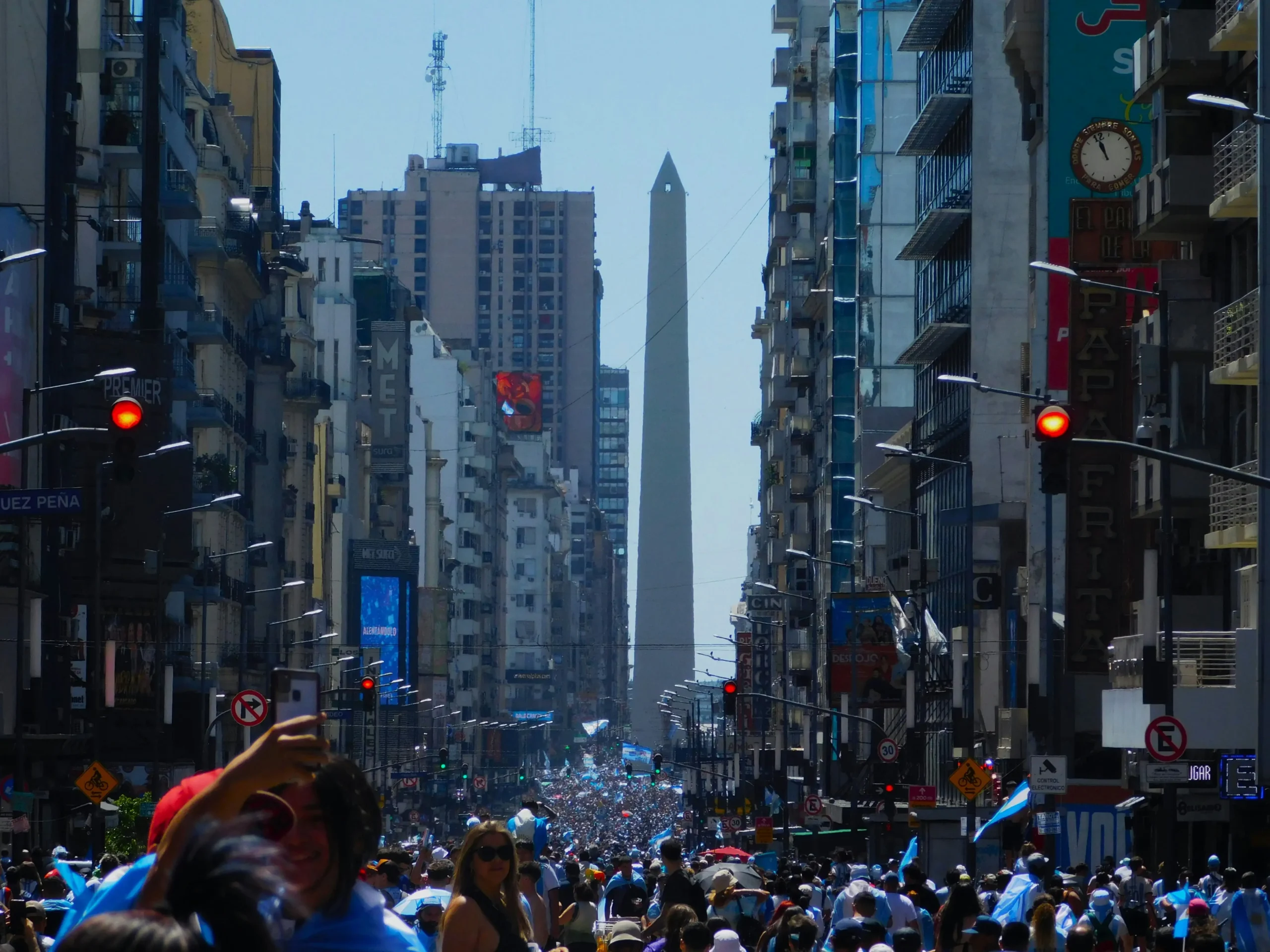Downtown Buenos Aires, affectionately known as “El Centro,” pulses with the vibrant heartbeat of the city. While not geographically central, it is undeniably the cultural and historical core of Buenos Aires. This bustling district teems with good food and iconic landmarks like Plaza de Mayo, El Cabildo, El Congreso, La Catedral, and El Obelisco, each telling a story of Argentina’s rich past.
But beyond its historical significance, El Centro embodies the essence of Porteño culture. Theatres and old cinemas beckon with promises of nostalgia and entertainment, while classic pizzerias and cafés invite you to savor authentic flavors amidst the glow of neon signs. And of course, the soul-stirring tango shows add an unmistakable rhythm to its streets, making El Centro truly the epicenter of Buenos Aires’ cultural identity.
For those exploring this dynamic area, navigating its labyrinthine streets can be daunting without a guide. So from the best local eateries, must-see attractions, or hidden gems, let this ultimate guide unveil the secrets of downtown Buenos Aires.
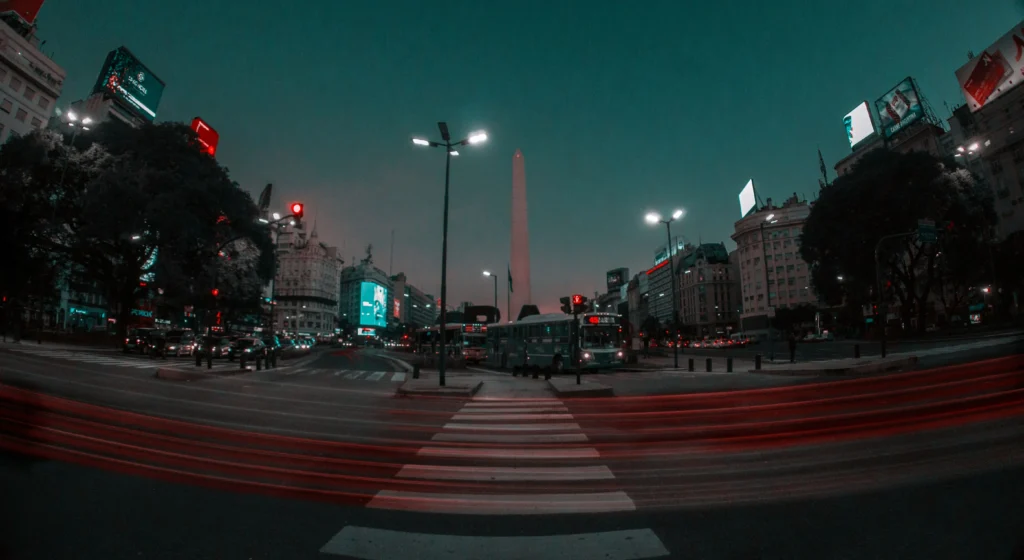
San Nicolás
San Nicolás, one of Buenos Aires’ oldest neighborhoods, is the heart of the city’s historical and governmental landmarks, as well as its bustling financial district. When locals mention “The Center,” they’re likely referring to this vibrant area. Traversed by 9 de Julio, Callao, and Corrientes Avenues, it’s where the iconic Obelisk stands, surrounded by key attractions, street food, and cultural hotspots of Argentina.
Centro Cultural Kirchner
Once the Palace of Posts and Telegraphs, this monumental structure now stands as one of Argentina’s foremost cultural centers, and one of the biggest in South America.. Despite its imposing façade, it warmly welcomes all visitors. Inside, explore myriad rooms and exhibitions showcasing the nation’s top contemporary artists, complemented by an orchestral auditorium and cinema—all accessible free of charge.
Avenida Corrientes
Walking down Callao Av. or 9 de Julio Av, eventually eads to an avenue full of bright signs, restaurants and bustling people. That’s Corrientes. This iconic thoroughfare epitomizes Buenos Aires’ spirit, offering art, local entertainment, and some of the most affordable and best restaurants. These are some of the iconic theaters awaiting:
- The Metropolitan
- The Comafi
- Gran Rex
- San Martín
- Apolo
The best thing to do is to check their websites beforehand see what’s on. Nevertheless, here are two recommendations that are a must-see: “Petróleo” and “Bodas de Sangre”.
But Corrientes Avenue’s charm extends beyond theaters; it’s a great place to explore its timeless antique and secondhand bookstores, where knowledgeable booksellers guide every request. For cinema enthusiasts, catch curated films at historic venues like Lorca, Lugones, and Cacodelphia, offering enriching experiences at accessible prices.
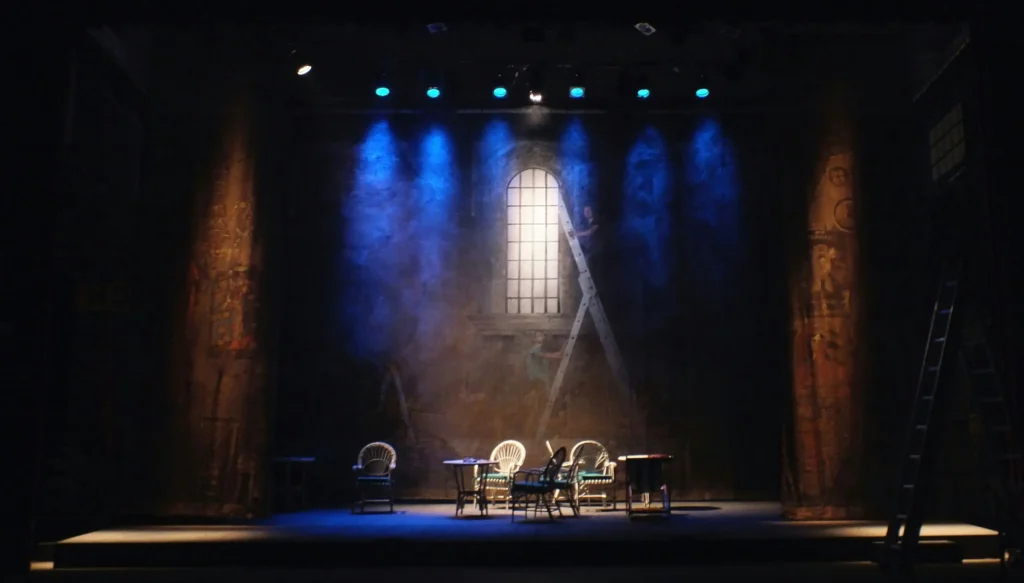
Where to eat in Avenida Corrientes
- Pizzería Güerrin: One of the most emblematic pizzerias in Buenos Aires. Some consider this to be the best pizza in the city: thick, full of cheese and very filling. The flavors range from classic mozzarella, to Napoletan, to onions (a fan favorite), to spinach with sauce.
At Güerrin, like many classic pizzerias, people can eat standing up at the bar section of the restaurant. It may not be for everyone, but it’s how pizza was eaten in the old days: a quick bite on the go, chatting with strangers between slices and beers. Travelers should go with time to spare. They don’t take reservations and it’s always packed, but it’s worth it.
- Los Inmortales: A contender for the best pizza in the city, and another version of the classic Pizza Porteña, without the standing part. Los Inmortales stands out for its long tradition, fast service and impeccable attention. Their pizza is thinner and crispier than the one at Güerrin, so it’s great to order one or two to share with friends. They have other dishes on the menu as pasta or meat, but the stars of the house are the more than 40 varieties of pizza.
- Pippo: For pasta lovers, Pippo is the place to go. Open since 1936, they have perfected the art of making pasta at affordable prices without compromising on quality. Visitors usually have to wait for a table if they go during the busy dinner hour, but once the vermicellis with pesto and tomato sauce are served, it will be worth it. Pair it with the Argentine wine of the house and the flan with dulce de leche for dessert.
- Manduca: Inside Paseo la Plaza, a complex of small theaters, usually for stand-up gigs, there’s Manduca, a gastronomic corridor. This is a great place when looking for a fine dining experience more sophisticated than pasta or pizza. It also works well for groups that want to eat completely different things in the same place thanks to its wide variety of restaurants.
Indulge in Jewish cuisine at Oy Vey, renowned for its savory potato knishes. For an Asian twist, Koko Bao Bar entices with mushroom bao bursting with flavors. Alternatively, Sifón offers a stylish reinterpretation of Argentine cuisine like empanadas and provoleta, perfectly paired with their signature vermouth or Argentine wines.
- Cadore: Certain flavors linger in memory long after the last bite. Take Cadore’s pistachio ice cream, a sensation so irresistible that limits on purchase quantities were set due to its rapid popularity. Argentinian ice cream rivals the best from Italy, and Cadore takes the best of its italian heritage to elevate this treat to new heights. Despite the perennial line snaking out the door, the experience is undeniably worth it. In Argentina, ice cream shops serve the treat either in cones or larger Styrofoam containers, with the size determining how many flavors one can savor in a single order.
- El Gato Negro: As visitors step inside, the air fills them with the enticing aroma of spices and teas. This tea house is a journey back to 1930s Buenos Aires, with its unchanged decor and shelves lined with products displayed in glass jars. Whether it is to indulge in a traditional tea experience or to take home a piece of Buenos Aires, El Gato Negro promises a sensory adventure that transcends time.
- Mr. Ho: A hidden gem located just off Corrientes Avenue, yet close enough to be a must-visit, Mr. Ho offers a tantalizing Korean dining experience for the adventurous taste buds. Step into a lively atmosphere brimming with festivity and taste. Each dish boasts robust flavors and generous portions, complemented by knowledgeable staff who explain every ingredient and its ideal pairing. Plan the visit wisely as they close early by Argentine standards, making the window between 8pm and 8:30pm ideal for a memorable meal.
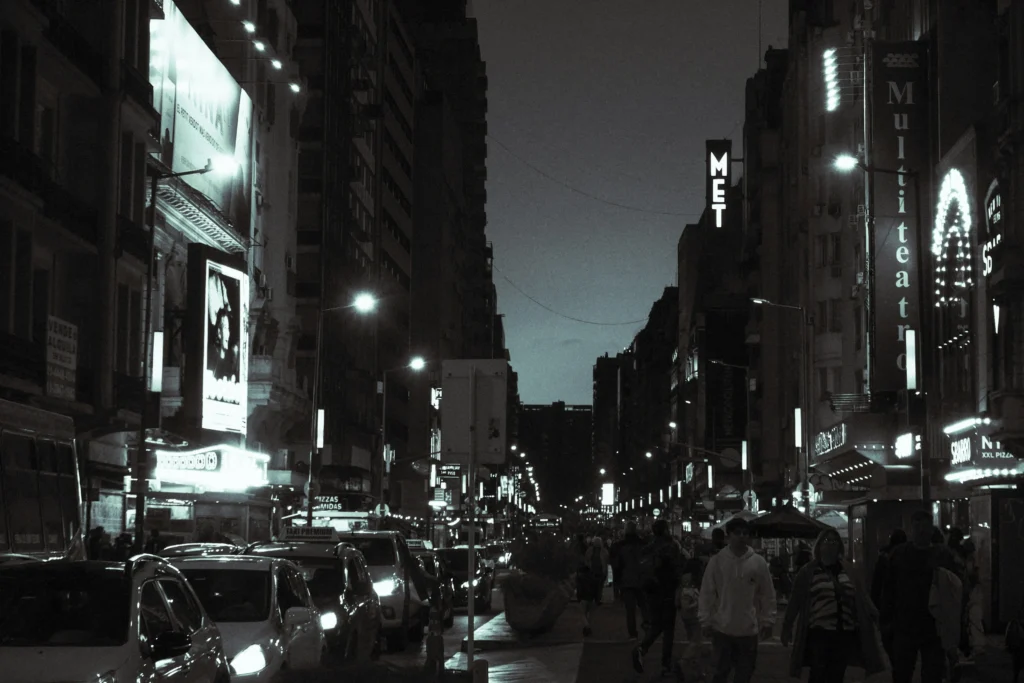
El Picadero Theatre
Think of El Picadero as the independent counterpart to the Corrientes’ theaters. Although it’s close to the avenue, its history separates it from the big shiny lights. It opened in 1981, advocating for the concept of “open theater”. A space where artists could express themselves in the midst of the dictatorship of the time. But the same regime, opposed to what El Picadero was doing, hid three bombs there, causing a fire that destroyed the theater and all its work.
Fortunately, it has recently been restored and is once again one of the best places to enjoy alternative but high quality plays. To top it off, it’s located on the beautiful Discépolo passage. So, before entering the theater, look up at the imponent façade of the buildings lined up and take in the history of a place that could never be silenced.
Balvanera
Balvanera, originally an immigrant enclave that evolved into distinct neighborhoods like Once, Abasto, and Congreso, holds significant political importance as the site of Argentina’s Congress. Whether drawn by political events or seeking to avoid the crowds, it’s wise to check ahead due to the area’s frequent large gatherings, which can complicate navigation.
Today, Balvanera blends neoclassical architecture with working-class residences, though it’s not renowned for tourist attractions. Travelers may find more suitable accommodations elsewhere in Buenos Aires, particularly mindful of safety concerns in certain areas after dark. Despite this, Balvanera remains a pivotal chapter in the city’s narrative, evident in its historical landmarks and vibrant culture.
Complejo Tango
One of the best places to go for dinner and traditional tango show. It is located at Belgrano 2608, in a restored mansion. Immerse in the history of this dance with live music and even free classes on site. Feel the nostalgia, the love, the longing and the sensuality that characterize the tango in a magical evening. All while sampling good food by lamplight. Since this takes place at night, be sure to come and go by car.
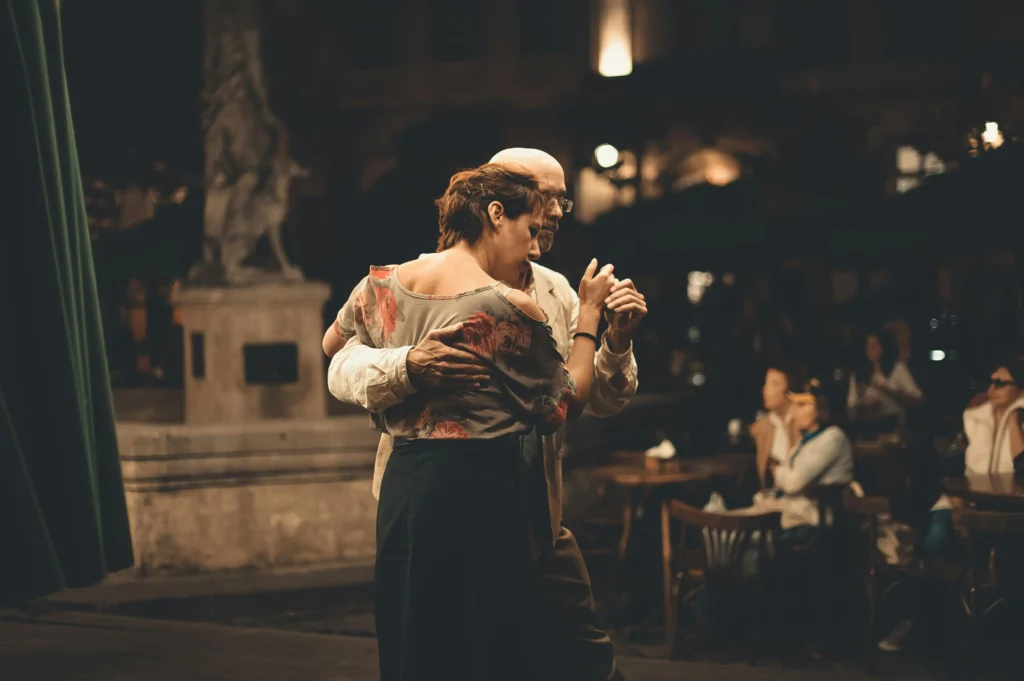
Ciudad Cultural Konex
Known as “El Konex”, this art complex in Sarmiento 3131 is home to many independent artists, shows and festivals. It’s a great spot for cool people to have a beer in the outdoor area while waiting for the entertainment to start. They have everything from children’s plays to a wide variety of concerts, and the schedule is available on their website.
Café de los Angelitos
Another option for people looking for a tango show with dinner or coffee. Café de los Angelitos is recognized as one of the city’s official notorious bars, and once inside, is clear why. On a large stage, tango dancers will entertain guests during their meal. From the typical braised meat, to a glass of Argentine wine, to the simple but hearty cup of coffee under the stained glass, this place is an example of what Balvanera has to offer.
El Molino
Stepping into the Molino Building is like entering a time capsule of Buenos Aires’ history. Opened in 1916 with its opulent Art Deco style, it became a city icon, boasting a café, dance hall, winery, offices, and a grand tower. When its doors closed in 1997, many feared a piece of Balvanera’s soul had vanished forever.
Thankfully, ongoing restoration efforts are reviving this cultural gem. While work continues, guided tours now offer visitors a glimpse into El Molino’s former splendor. Explore its original architecture, the meticulous restoration process, and the illustrious figures who once graced its halls from around the globe. Conclude the visit in the coffee shop, reminiscent of its glory days, a fitting tribute to its enduring legacy.

Retiro
One of the city’s oldest and most traditional neighborhoods, Retiro blends French and Spanish architectural influences with modern office buildings, echoing the urban patterns found throughout downtown Buenos Aires. While not as residential as in its earlier days, Retiro now offers numerous accommodations for travelers.
By day, Retiro thrives as a bustling transportation hub centered around the impressive Retiro train station, a site worth exploring briefly. However, as night falls, the neighborhood quiets down as residents return home. Like other parts of the city center, caution is advised when out at night.
During daylight hours, visitors can enjoy several activities in Retiro:
Admire the architecture
Sometimes all it takes is to look up. Retiro combines centuries of history and tradition, and it shows in its buildings. From the Palacio Paz, house of the National Weapons Museum which can be visited on a guided tour, to the Noel Palace, where the Spanish and Latin American Art Museum is located. And don’t forget the rationalist Kavanagh Building, once the tallest in South America.
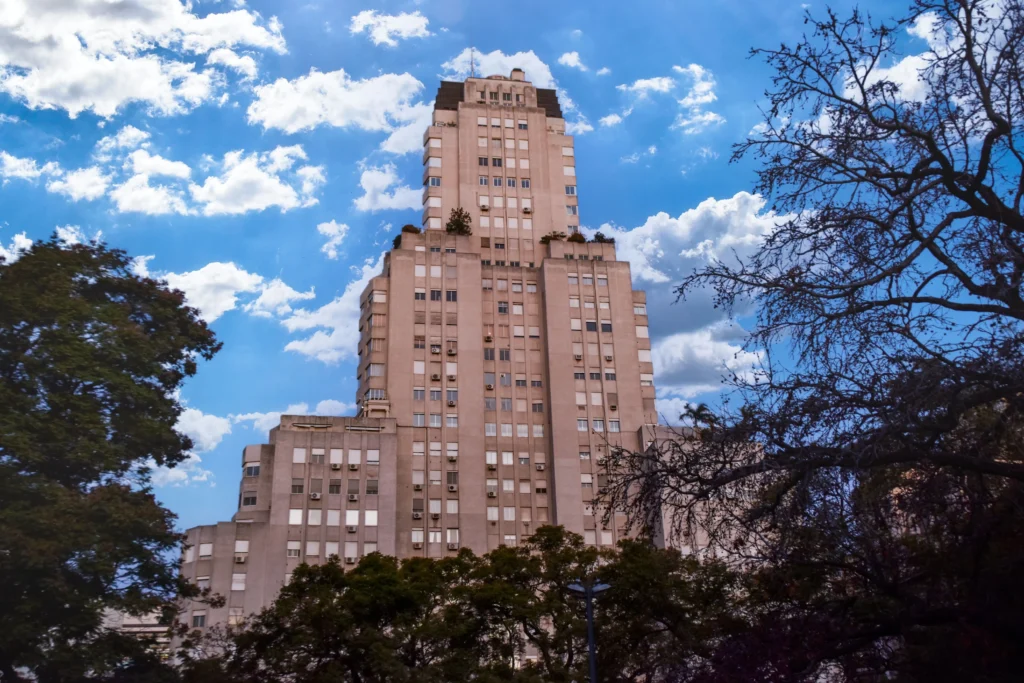
Go dance at Puticlú
An LGBTQ+ space that holds poetry slams, bands, book presentations, album launches, and unforgettable parties. Their events are usually free, so it’s a great plan for visitors looking to go out on a budget. Take the stairs down to the basement where the fun is and meet some cool people.
Visit the Immigration Museum
It’s located in the hotel where immigrant families stayed when they first arrived in Buenos Aires. This is a chance to get a glimpse of the diverse cultures that make up the city. Is where these families used to sleep, play, and commute while waiting for their new documents and housing. The grounds also include a Contemporary Arts Center, where artistic influences from all over the world came together.
Where to eat in Retiro
- St. Regis: A feast for all the senses. A royal experience that mixes international cuisine with local specialties. Located in the Park Tower Hotel, it’s not mandatory to be a guest to enjoy the food. The presentation of each dish is almost enough to satisfy, but the flavor is what makes the difference. The menu includes healthy plates as well as vegan and vegetarian options. And don’t leave without ordering some craft drinks or natural wine.
- Nuestro Secreto: A fine dining outdoor grill at the Four Seasons Hotel that shines for its Argentine cuisine. The slow-cooked meat melts in the mouth, so soft it can be cut with a spoon. Everyone agrees that their impeccable service adds to the experience. Try the sirloin and finish it off with some creamy traditional dulce de leche ice cream of italian influence.
- Elena: Also at the Four Seasons is Elena, holds a Michelin star and it’s one of the best restaurants in the area. The decor is inspired by the old aristocratic houses of San Telmo, but there’s nothing old-fashioned about the cuisine. This is a sophisticated take on meat and charcuterie, confirmed by dishes like the recommended aged Wagyu carpaccio with honey. And wine connoisseurs will feel right at home with their extensive wine list and knowledge of the beverage.
- Florería Atlánico: A hidden door in a flower shop opens to a beautiful bar made for travel lovers that also serves small plates. The concept honors immigration and a mix of cultures. It’s rightfully one of the 15 best bars in Latin America and the world. Their drinks are fun and creative, but of the highest quality. The house specialty is the Negroni Ballestrini, made with their own gin, Campari, seawater and eucalyptus.
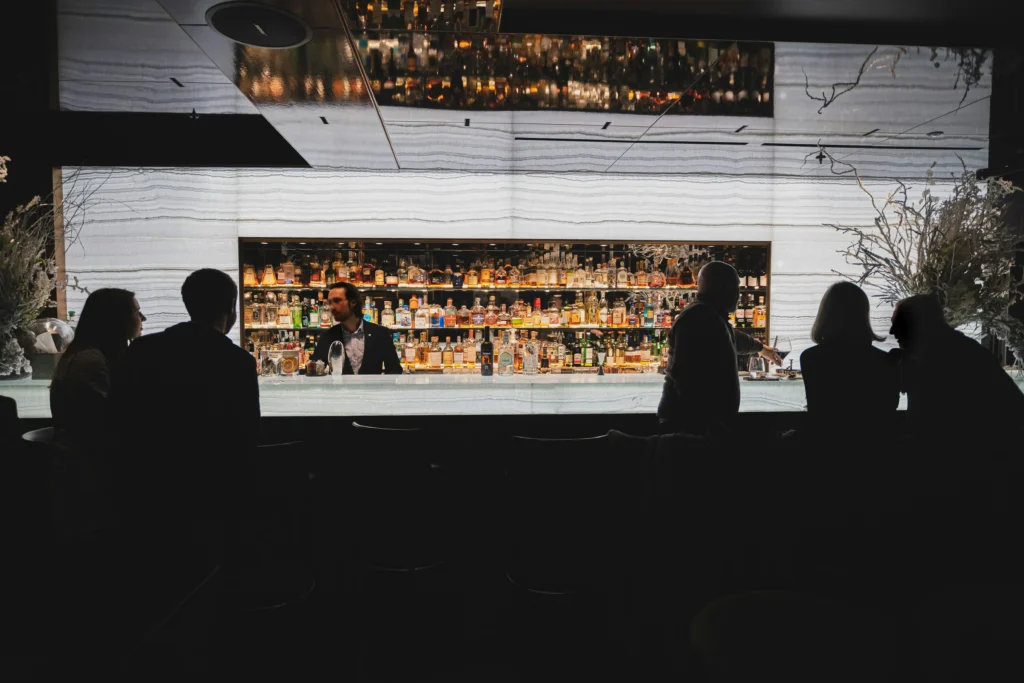
Montserrat
This neighborhood of only 2.2 square kilometers manages to include important landmarks such as the Casa Rosada (which translates to “The Pink House”), the Cabildo and Plaza de Mayo. It’s a walk through Argentina’s history compressed into a few blocks. Today, Montserrat is mainly a financial center, where people in suits walk up and down the narrow streets during their break from the office. But there are still things to explore outside of business hours:
Manzana de las Luces
This could be translated as “The Block of Light” or “The Illuminated Block”. And no, it’s not because it’s well-lit. Originally a Jesuit building, it has always been recognized as a place of enlightenment, art, culture and knowledge. Today, they continue this tradition by hosting exhibitions of local artists, poetry and music recitals, always free of charge. The building itself is a work of art to be contemplated, so it’s a great spot to stroll around and be transported.
Palacio Barolo
An architectural jewel from the 20’s. This work by Mario Palanti was inspired by Dante’s Divine Comedy. It has 24 floors and a beacon at the top of the tower that can be seen all the way to Uruguay, across the Río de la Plata. Booking a guided tour to experience firsthand this building crafted from Dante’s imagination will be an unforgettable experience.
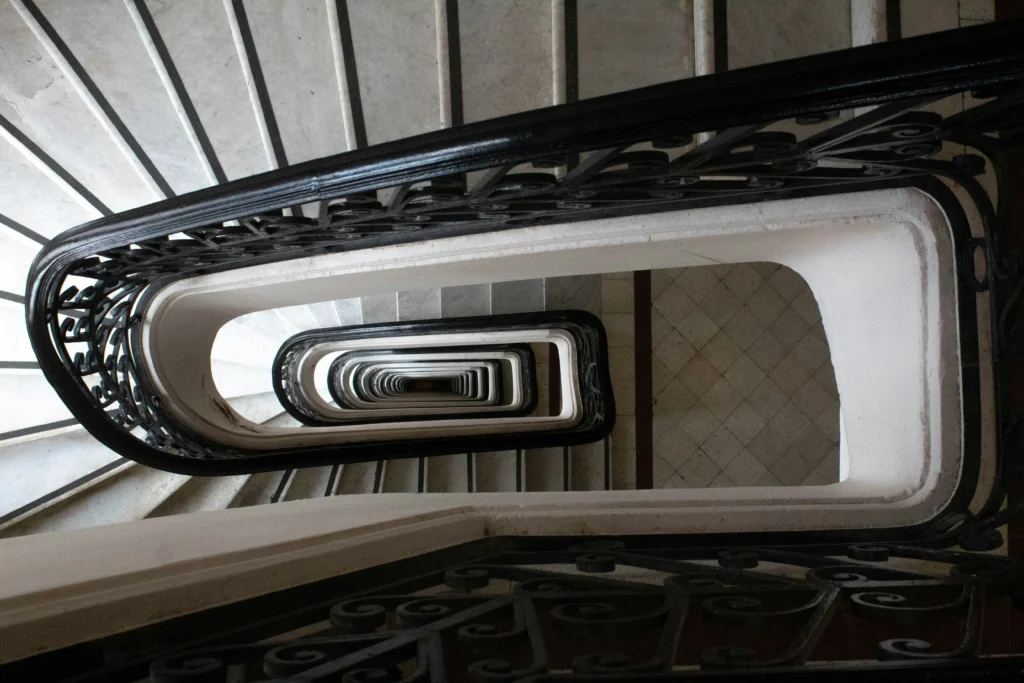
Brasserie La Petanque
At a traditional French brasserie, food enthusiasts of sophisticated cuisine can enjoy a warm and inviting atmosphere. Their menu offers dishes such as risotto with tender osobuco meat and, of course, crème brûlée if you have a sweet tooth. While visiting, patrons may have the chance to chat with the owner, who warmly greets guests.
Los 36 Billares
Another cafe and bar that has achieved the status of Notorius in the city. This bar has been witness to some of the most important events in Argentine history since it opened in 1894. The name comes from its many pool tables, lined up one after the other, on which historical figures and legends have played. There’s nothing fancy here: just good old-fashioned fun, beer, pizza, empanadas and a good time that goes back generations.
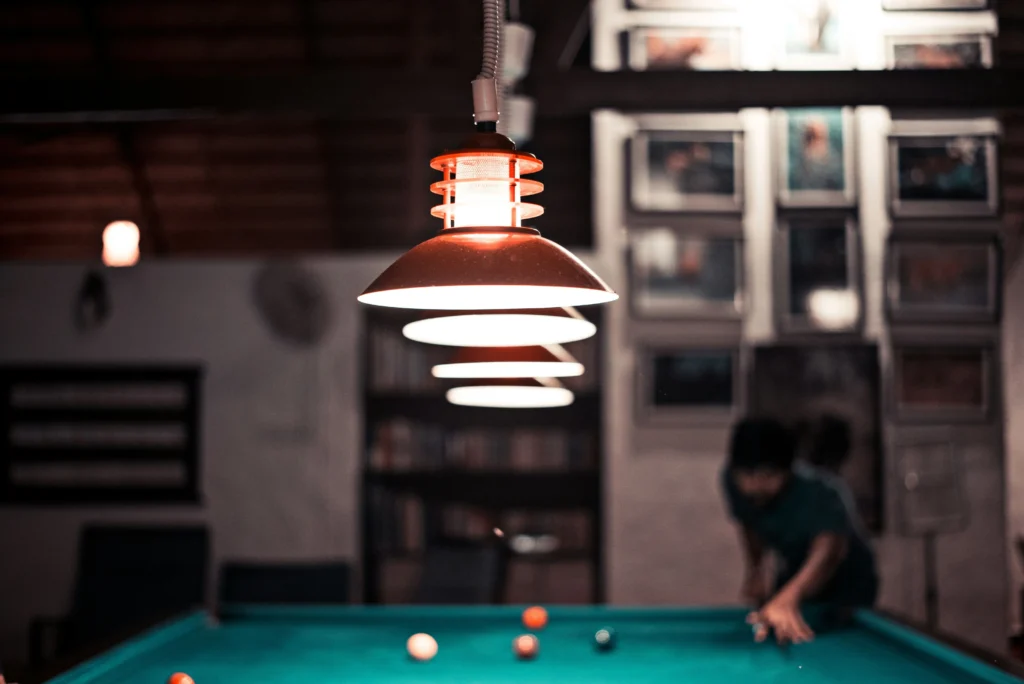
Is Downtown safe for tourists?
Due to its fame as a tourist zone, pickpockets are quite common. So keep any belongings safely tucked away unless needed. It’s not a good idea to walk around at night, and it’s always better to take a taxi if necessary.
Is Downtown close to the airport?
It is quite close to the Aeroparque airport, which is the most likely place to go for an internal flight or traveling to a neighboring country. But is not close to Ezeiza, the main international airport, which is far from the capital. Remember that Buenos Aires is a really big province and distances are usually greater. But don’t worry, getting there by car is perfectly possible.
Are there places to stay in Downtown?
There are plenty of places to stay in Downtown! From hostels to Airbnbs to family or luxury hotels. Visitors will have no trouble finding the perfect fit for their travel needs.
